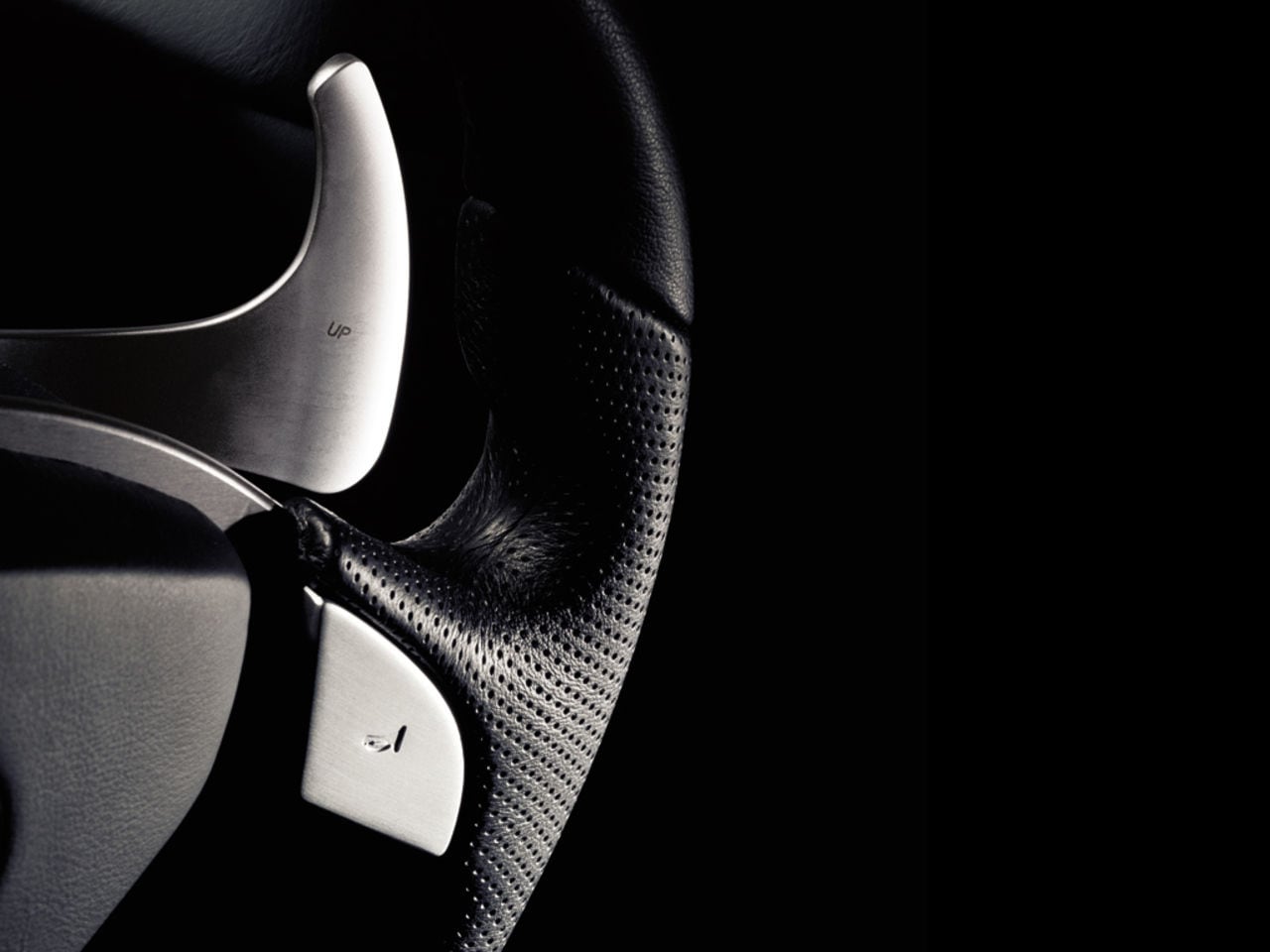Recent Articles
Popular Makes
Body Types
How Does A Manual Transmission Work?

A manual or standard transmission transfers power from the engine to the differential using a clutch and pairs of gears that are manually selected using the gear selector and locked to the output shaft. Most cars today with manual transmissions have five or six different forward gear ratios, however manual transmissions with anywhere from three to seven gears are common, depending on the year the vehicle was made.
The clutch is positioned between the engine’s flywheel and the transmission. Normally the clutch is engaged, and locks the transmissions input shaft to the flywheel. When the clutch pedal is depressed, the clutch is disengaged by a thrust bearing, and no power is transferred. With the clutch disengaged it is possible to select gears. To start the vehicle moving, the clutch is slowly released, and slipped slightly. It is important not to ride the clutch once you are moving (by resting your foot on it for example) because this can lead to clutch slippage (which over time can cause clutch failure) or premature thrust bearing problems. Gears are normally selected using a shift lever, often mounted on the floor, but sometimes mounted on the dash or steering column. The gears are usually layed out in an H pattern, with neutral being the space between gears.
Early manual transmissions (and those found in some trucks, heavy machinery, and racecars) use an unsynchronized design. In an unsynchronized transmission the gears are selected by sliding them on shafts until they have engaged the dog clutch. In order for the gears to engage properly they need to be spinning at the same speed as the output shaft, otherwise the gears (actually the dog clutches) will grind. To do this you can either double clutch by essentially using the clutch to shift into neutral, and then again to shift into the desired gear, or you can rev match by matching the engine’s RPM with the RPM the engine will be at for the road speed in the desired gear. Unsynchronized transmissions are generally tougher than synchronized ones, as the synchros are usually made out of soft brass that wear much more quickly than the steel gears. Because of this added strength, unsynchronized transmissions can usually be shifted quickly without using the clutch, especially when designed with fewer teeth on the dog clutches, as in some race cars.
Most transmissions found in modern cars are synchronized. The synchronizer is attached to the dog clutch, and consists of a cone clutch and a baulk ring. When you try to shift gears and the parts aren’t at the same speed, the cone clutch contacts first, bringing the gears and output shaft to the same speed using friction. The baulk rings prevents the dog clutch from engaging until everything is synchronized. The synchros are usually made out of a soft metal such as brass, which makes it important to use the clutch when shifting, because imperfect rev matching will be masked by the synchros. Continuous abuse will lead to synchronizer failure, and grinding. Rev matching while using the clutch can reduce wear on the synchros as they will need to work less hard to match the speeds of the gears and output shaft.

In a sequential gear box (usually found in race cars) there is no neutral between gears, and the gears are selected in sequential order instead of in an H pattern, often without using the clutch. In a semi-automatic manual gearbox the actual rev matching, gear shifting and clutch control is handled by a computer. In these transmissions the clutch is usually only used to get the vehicle moving. When the driver presses a button or pulls a lever the computer takes the car out of the current gear, blips the throttle or waits for the engine RPM to drop to the appropriate level, and then changes into the requested gear.
Manual transmissions are generally more fuel efficient than automatic transmissions because there is no fluid coupling or fluid pump like in a traditional automatic transmission, and no belt to slip like in a continuously variable transmission. A standard transmission also allows the driver more control over which gear they are in, potentially allowing for a lower engine RPM.
